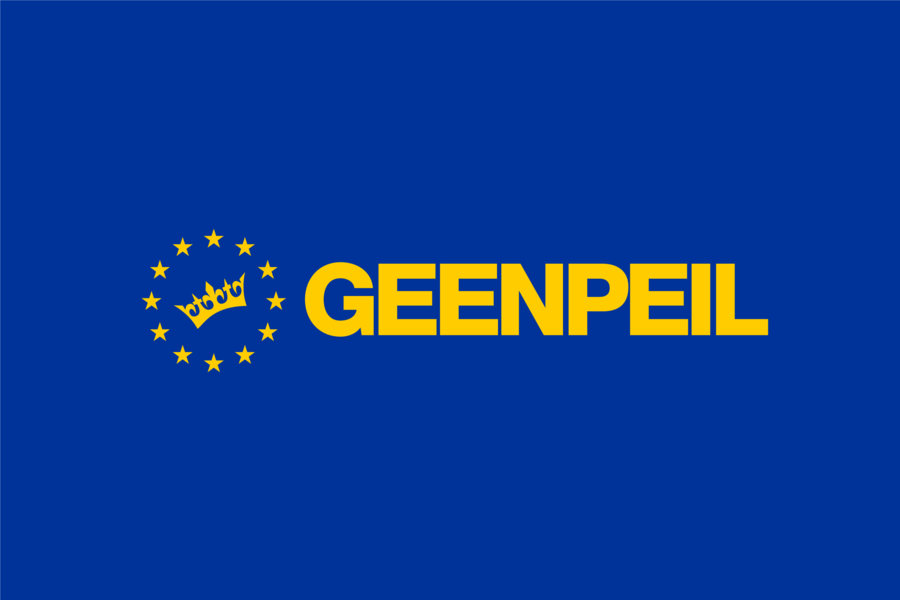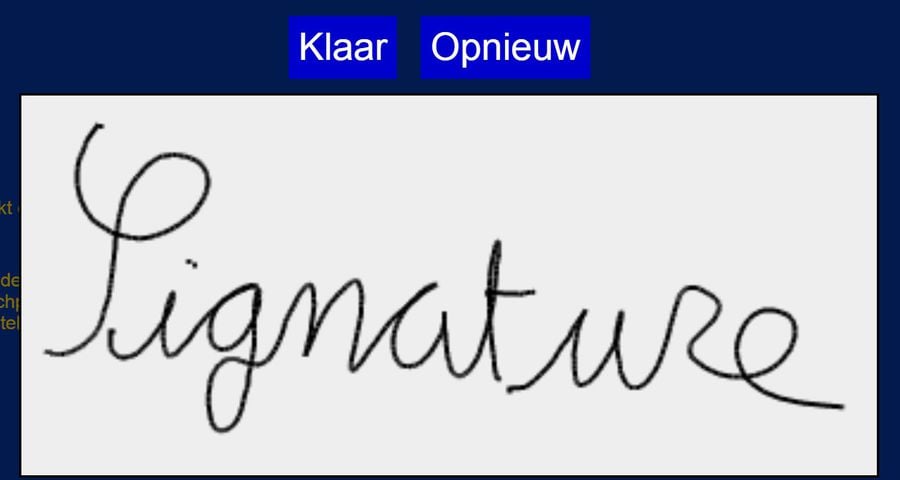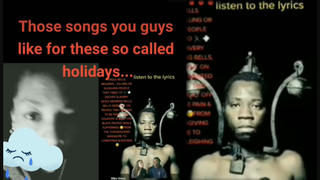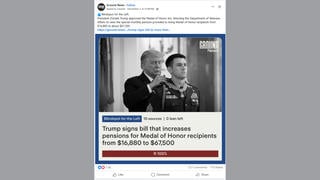Dutch weblog GeenStijl.nl claims to have collected over 443,011 signatures, more than the 300,000 required by law to force the Dutch government to hold a non-binding referendum on the association treaty between the European Union and Ukraine. Signatures are still being counted, at 22:15 CET the counter looked like this:
A recently adopted Dutch law gives any citizen the right to request a non-binding referendum on any law that has been voted on by Dutch parliament but which hasn't become active yet.
The law mandates several requirements before a referendum can actually take place. The first step is that 10,000 citizens must submit an inital referendum request via a paper form mailed within four weeks of the contested law being approved in parliament. If those forms are deemed valid, a second six week period starts during which 300,000 paper signatures need to be collected and sent in.
The association treaty between the European Union and Ukraine is the first law approved by legislators in The Hague to which the new referendum law applies. Popular Dutch weblog GeenStijl.nl, in association with political organizations "Citizens' Committee for the EU" and the "Forum for Democracy" decided to try to force a referendum using the new law. They formed a temporary alliance under the name GeenPeil.nl. Earlier this year the group managed to collect over 14,000 initial referendum request forms. They began work six weeks ago on collecting the 300,000 signatures needed for the second phase.
Monday, September 28, 2015, is the end of the six-week period, but GeenStijl.nl announced Sunday that they collected over 443,011 signatures via their website along with an unknown number via traditional mail. The signatures still need to be verified by the authorities, but if they are deemed valid the law mandates that a referendum is organized.
The organization came up with a workaround for the requirement that the signatures needed to be sent in on paper: on the website teken.geenpeil.nl citizens could draw their signature using their mouse or a touchscreen. This allowed the organisers to print out the signatures in batch so they could be shipped off to the government agency responsible for referendum requests.
Lead Stories' Trendolizer™ constantly scours social networks worldwide for news about GeenStijl and the Dutch referendum. Scroll down to see the latest.















